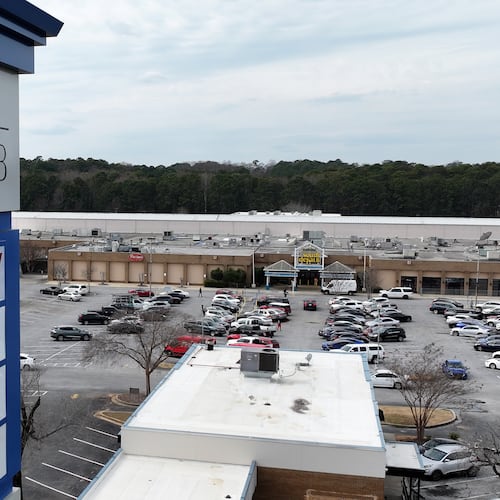This story has been updated.
Rain always hurts the Atlanta commute, but you can make a difference on your drive and those around you. Take our advice.
» RELATED: Flash flood warnings issued for NE Georgia counties
Headlights on, flashers off: Most cars have automatic light-responsive lights, but this aid doesn't do the job when rain falls in daylight. This means turning them on is incumbent on the driver. Georgia law leaves no daylight here - always operate them in any precipitation. Turning on the headlights in the rain is simply the safe, considerate thing to do.
On the flipside, driving with the hazard lights or flashers on is not good protocol. Hazard lights are meant to alert drivers that you are in danger or that your car has a problem. If conditions are such that cars have to slow well below the speed limit and drive with their hazards on, the best move is to pull onto an exit or into a parking lot and wait out the storm. Georgia hasn’t outlawed driving with flashers in non-emergencies, but it isn’t safe.
» RELATED: Why you should never use your hazard lights while driving
Rain can add 30-50 percent more time to your trip: A general rule of thumb the WSB Traffic Team uses is that your normal, every day trip time is will get that much worse just because of rain. The worse the rain and the closer the the height of rush hour your commute is, the more the percentages increase. A 30 minute-trip with normal delays in rush hour becomes at least 45 mins in heavy rain. And crashes make the times even longer.
Distractions and speed make it worse: In the rain, vehicles take longer to stop, there are more wrecks, flooding occurs, vehicles have less traction, sharp turns are harder to negotiate, other people drive poorly and delays are worse. All of these factors require more reaction time; distracted driving and speeding have an inverse relationship with reaction time. To quote Jim Morrison, "Keep your eyes on the road and your hands upon the wheel."
» RELATED: Everything you need to know about a flash flood
Stay away from standing water: You may have no choice in the matter, but try not to drive through water, unless you have an idea of how deep it is. During downpours, people stall their cars often in what they think is only a big puddle. In 2017, a large puddle turned into substantial flooding at end of the I-85/southbound ramp to the Buford-Spring Connector/Hwy. 13 - which is downward sloping. Vehicles nudged forward through both pools and we did not notice any getting stuck, but HERO units soon blocked the ramp. However, if that water was only a few inches deeper, it could have entered the engine compartments on the cars and caused real trouble. Also, if cars hit these large aqua plains at speed, they hydroplane. Try and dodge big puddles in flooding and if you cannot, either turn around or go slowly.
Telecommute or take MARTA: Non-vehicular ways to work are not options for everyone, but the best way to avoid the terrors of stormy rush hours is to avoid the roads all together. MARTA stations are sheltered from the rain and the trains have hardly the delays the roads have. Sure, buses get stuck in traffic, but at least they help remove the stress of operating a vehicle in bad conditions. And choosing to strategically work from home during inclement weather eliminates commuting stress altogether.
» RELATED: Want some extra cash? Here's how you can make money during your Atlanta commute
Prepare with the WSB Traffic Team: The last piece of advice is to know your commute before and while you go. Start your drive with the south's biggest, most experienced traffic team 24/7 on News 95.5/AM750 WSB and the WSB Radio App. Watch Mark Arum's reports on Channel 2 Action News every weekday morning. And get a full rundown of the wrecks around town on the WSBradio.com traffic page and @WSBTraffic on Twitter.
» For a detailed forecast, visit The Atlanta Journal-Constitution weather page.
About the Author
Keep Reading
The Latest
Featured
